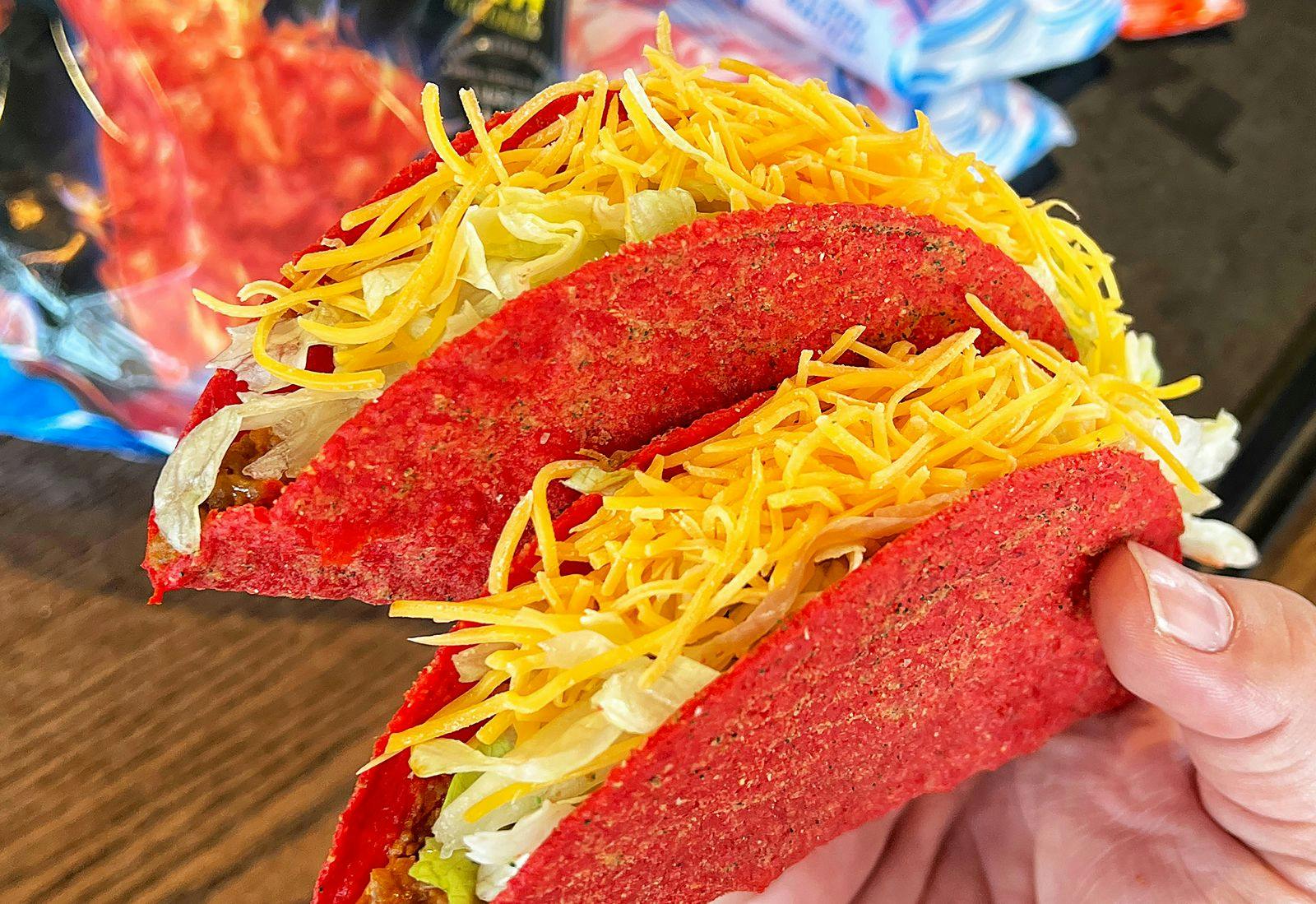
5 restaurant co-brands that make delicious pairs
Most people think the restaurant industry is cutthroat, but working together can be just as impactful as competing. After all, a rising tide lifts all boats.
When our favorite restaurant brands combine with leaders across the world of food, tech, and design, we get to enjoy the results – and learn valuable lessons about collaboration in the process. Let’s dig into five restaurant co-branding efforts that made customers and restaurateurs cheer and discover how much value a beautiful friendship can bring!
1. Doritos + Taco Bell
Taco Bell’s Doritos Locos Tacos is a great example of successful co-branding. Right from the start, the combo was a match made in heaven. Doritos, the ultra-popular cheesy nacho snack, and Taco Bell, the world’s largest taqueria, seem like they were made for each other. That’s why customers must have pounced so hungrily on Taco Bell’s Doritos Locos Tacos: a succulent combination of the restaurant’s classic taco filling wrapped up in a crispy Dorito shell. What’s not to like?
From a marketing perspective, Taco Bell’s decision to partner with Doritos was a great way to generate buzz among customers. Not only do Taco Bell and Doritos have similar flavors, but they also have similar target audiences. In that sense, the collaboration is sort of like a great crossover episode on TV. Fans of both shows are so excited to see their favorite character on another show they’ll not only tune in – but talk about it online.
No matter which way you look at it, the Doritos Locos Tacos is a smart co-branding decision – and a delicious addition to both brands’ profiles.
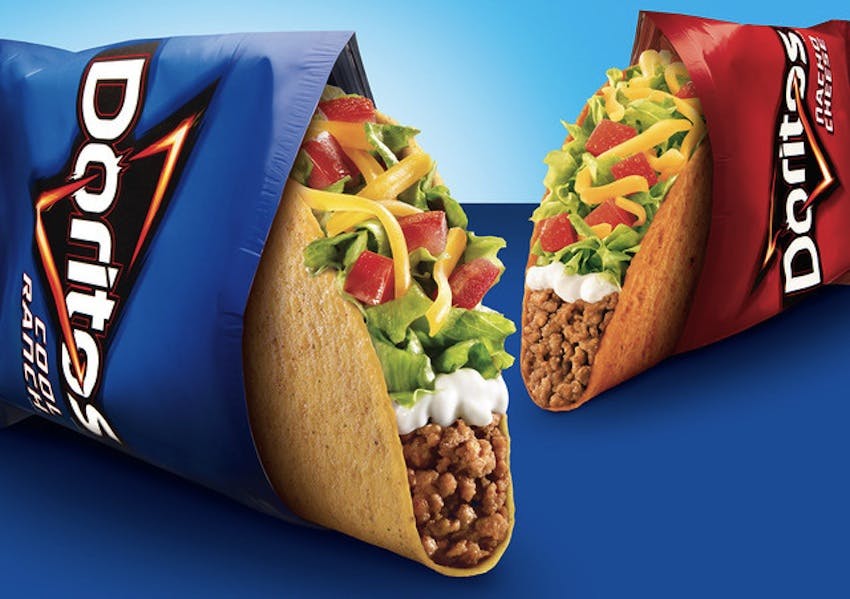
2. Dairy Queen x Oreo
On a hot summer day, there’s nothing tastier than ice cream – but wouldn’t it be nice if you could add one of the world’s favorite cookies to the mix? That thought must have been running through the minds of executives at Dairy Queen and Oreo when they decided to join forces and create the restaurant’s co-branded desserts. Of course, adding Oreos to ice cream isn’t anything new – the scrumptious chocolate-wafer-cream cookie has been crumbled over sundaes and parfaits for years. But wouldn’t you like a bit of Oreo mixed into your Blizzard…?
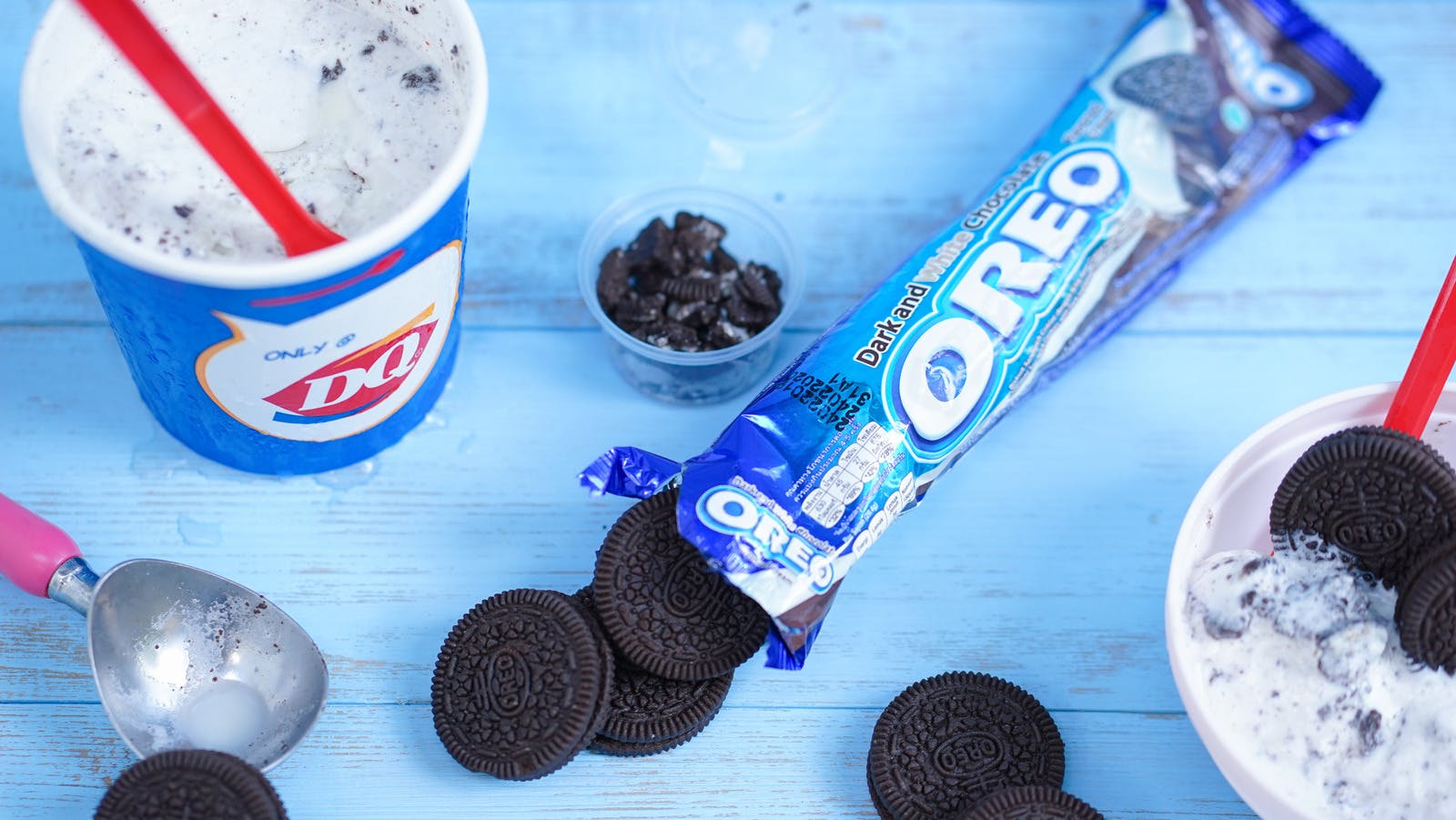
3. Starbucks & Apple
Picture a typical Starbucks customer sitting down and enjoying a coffee at one of the restaurant’s 33,000 locations. Did you see them with a Macbook? That’s probably because Starbucks and Apple have been close partners since 2007, making the caffeine-addled aspiring artist a major archetype of the 21st century. For over 15 years, the two brands have been tightly intertwined.
In many ways, Starbucks and Apple are alike: they both target young, creative individuals interested in high-quality snacks and beverages, music, and technology. A major selling point of the in-person Starbucks experience is ambiance, and who better to provide that atmosphere than the world’s largest computer company? In addition to powering the coffee titan’s audio/hardware needs, Apple also offers Starbucks customers free apps through in-store gift cards. Apple also provides Starbucks employees with exclusive discounts on electronics. This co-branding partnership shows that a company doesn’t need a spot on your menu to become a hit with your customer base.
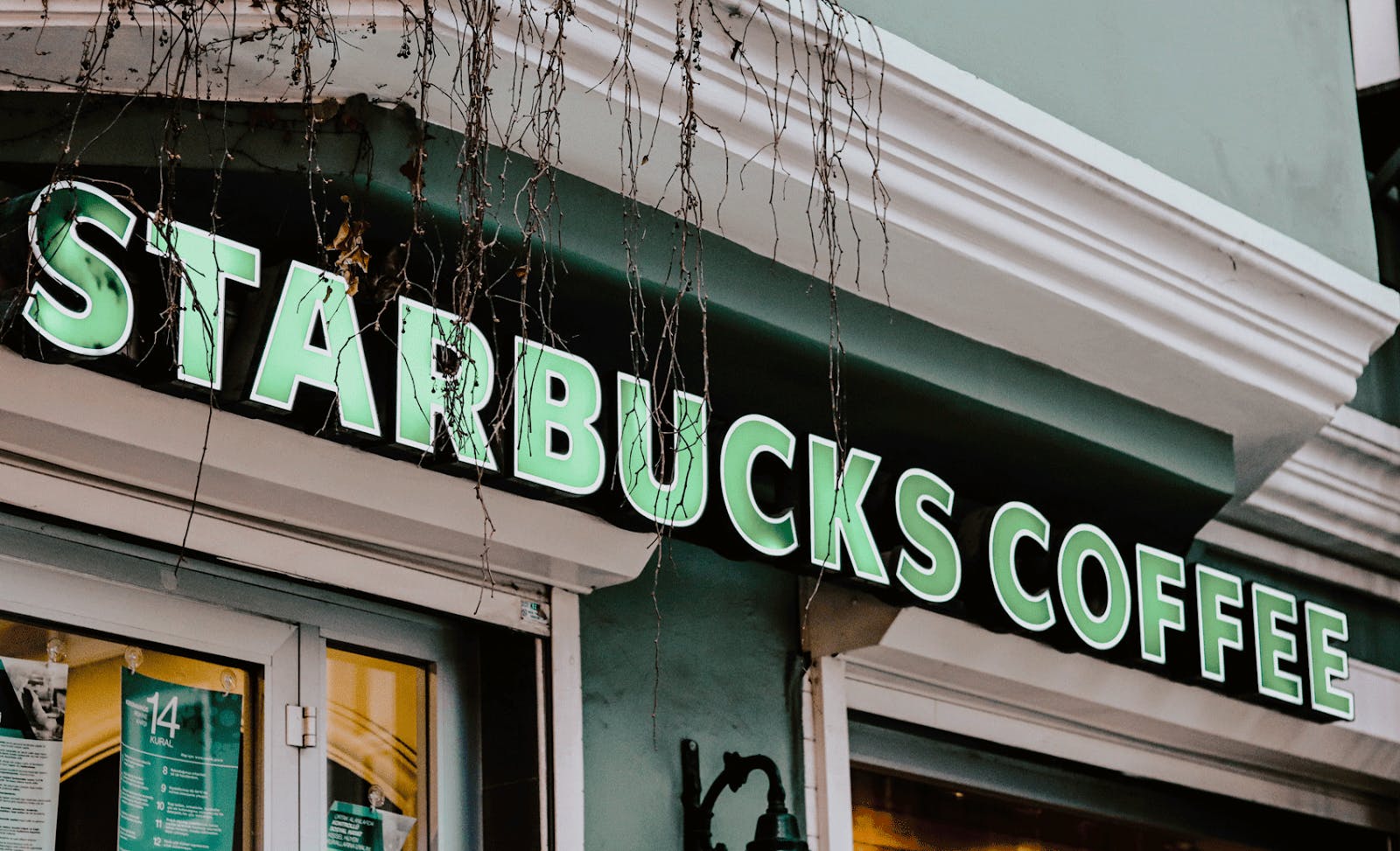
4. KFC, Beyond Meat
It’s no secret that plant-based alternatives are rising in popularity. Consumers are opting to cut back on their meat and animal products – not only to benefit their health, but also the environment. So how has the country’s largest fried chicken brand responded to the trend? In early 2020, the fast-chicken giant announced that it would start offering wings and nuggets made entirely with Beyond Meat, drawing a ton of attention online and in the dining room. Now, plant-based meals have joined the Colonel’s roster – and, judging by the overwhelming reaction that the meat-free items gained, it’s clear that this co-brand is a marketing success.
Consider the motivation behind adding plant-based meals to the KFC menu: KFC, a primarily meat-focused business, likely wanted to start appealing to an ever-growing consumer base of vegetarians and vegans. By introducing menu options that cater to non-meat-eaters, KFC can maintain a continuously-growing customer base, and keep steady as a leader in the restaurant industry. By making calculated judgements about co-branding, you can achieve timeliness and relevance in a busy marketplace.
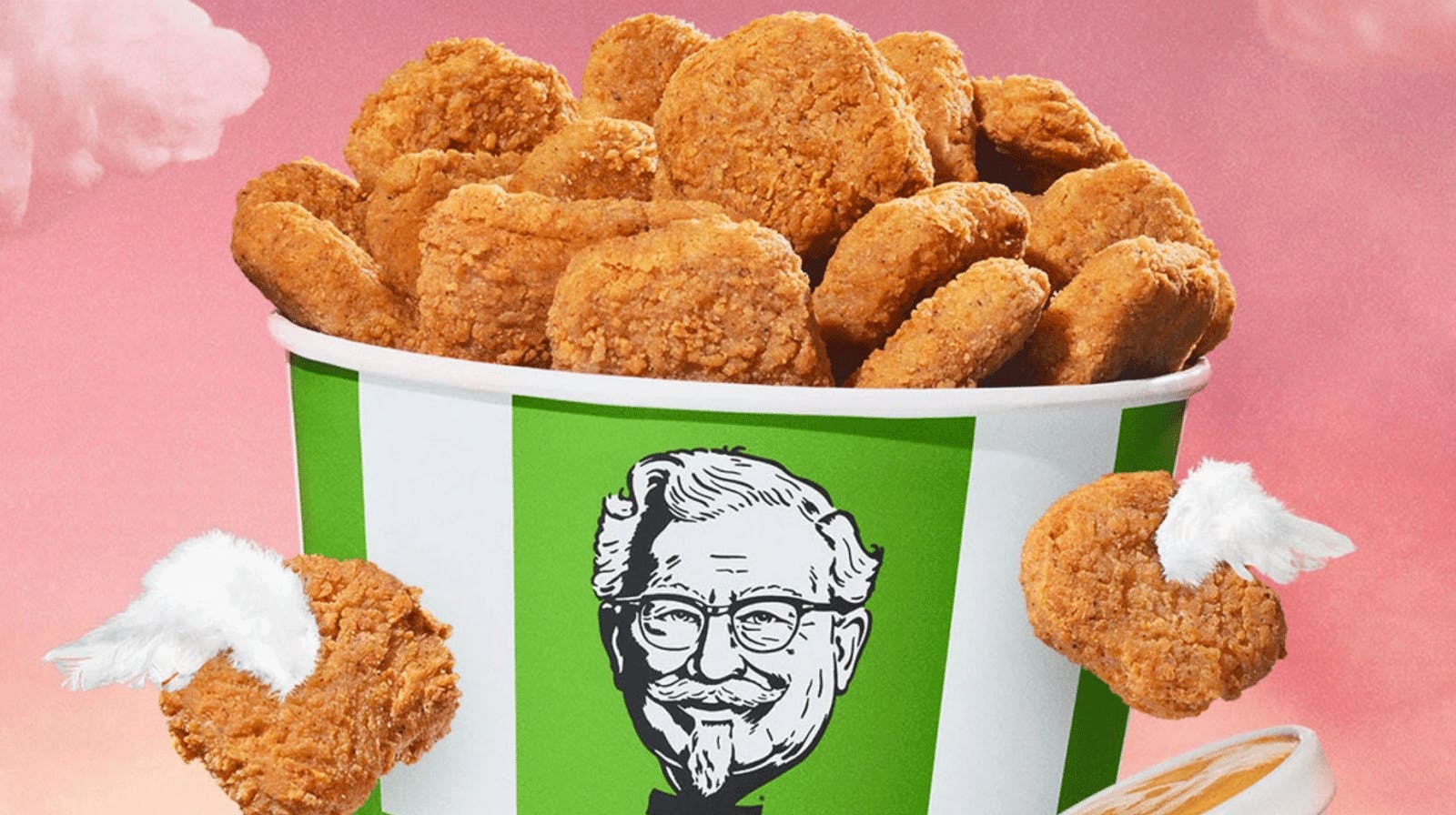
5. McDonalds and Cactus Plant Flea Market
Did you hear about the craze surrounding McDonald’s “Adult Happy Meals” earlier last month? A chance collaboration between the world’s leading burger chain and Cactus Plant Flea Market, one of today’s top streetwear lines, led to perhaps the biggest co-branding success story in the restaurant industry this year. The fashion label teamed up with McDs to put an adult-focused spin on typical Happy Meal toys, and the partnership proved to be an instant hit. Specially-marked Happy Meal boxes contained the psychedelic merchandise – much of which is now being resold online for jaw-dropping prices. This stunt was a sensation with Millennials and Gen Z, and brought tons of attention to both companies from around the world, drawing customers to the Golden Arches in droves.
Cactus Plant Flea Market may not seem like an obvious match for co-branding with McDonald’s at first, but that’s where the genius comes in: the contrast between such an established brand and a modern-day trend-setter made the promotion appealing! Many of today’s largest consumer bases – like Millenials and Gen Z – appreciate humor and irony in advertising, and, by collaborating with a partner like Cactus Plant Flea Market, McDonald’s could appeal to adult patrons’ nostalgia and younger customers’ tastes at once. When you’ve got a strong understanding of your target audience, you can afford to take calculated risks in collaborating – which, like this example shows, might just pay off.
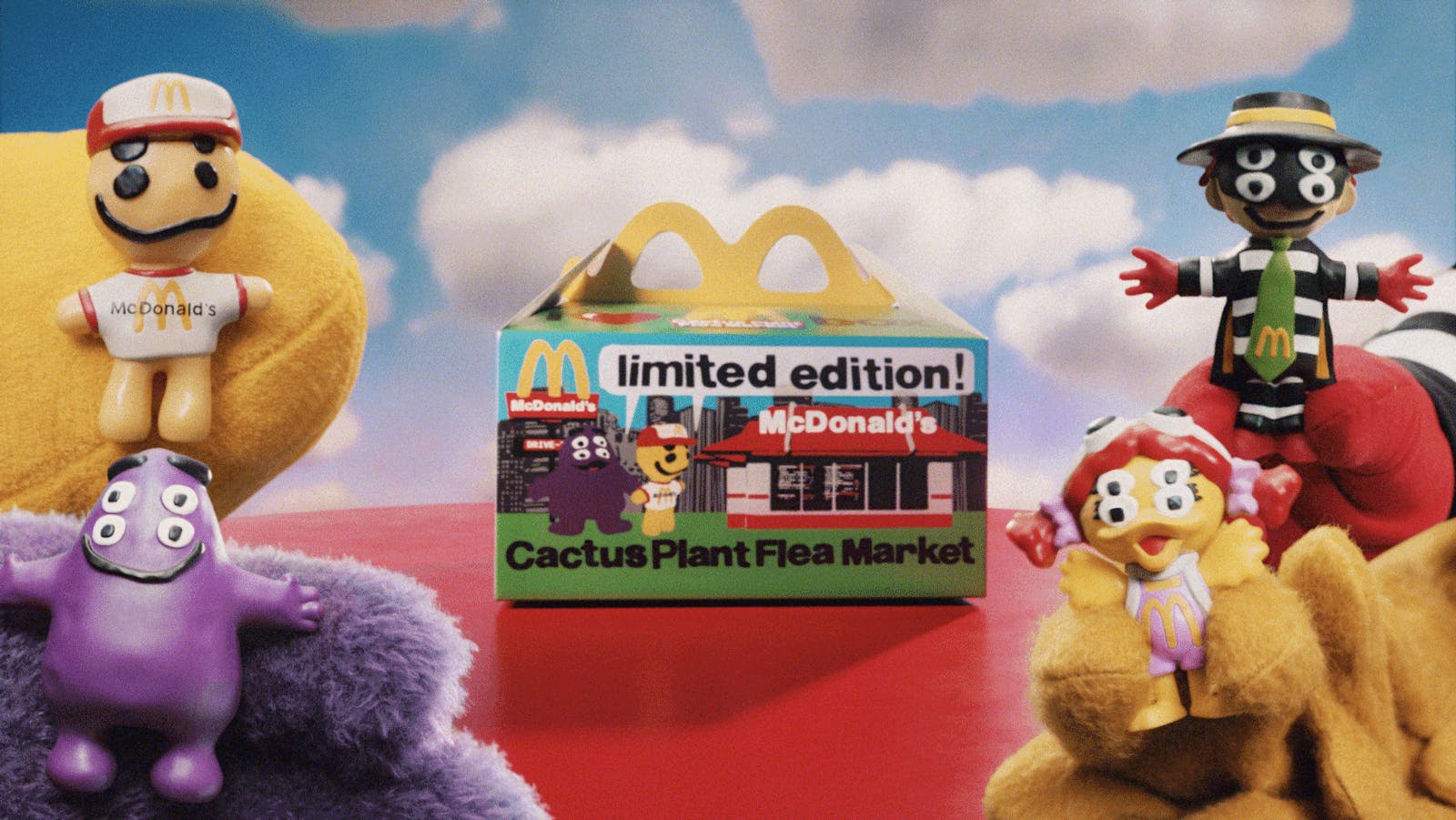
Co-branding can help your restaurant expand, diversify, and build strong relationships in the restaurant industry, keeping your brand – and your business – fresh in consumers’ minds. Don’t think that co-branding is just for multi-million-dollar companies, though – no matter what kind of business you own, brand collaborations can help you succeed! Consider these examples:
- Are you a bar owner eager to start serving food? Why not team up with a local burger joint and put a few munchies on your menu? Customers will love the variety, and you’ll be able to build a firm connection in your community.
- Want to take advantage of date night? Collaborate with a florist, and offer customers a discount if they visit both businesses. Take things a step further by adding locally-grown flowers to your tables, and start feeling the love – and sales – in the air!
- Appealing to a younger clientele? Sponsor a local kids’ sports team, and treat the players to a free meal at your restaurant every now and again. You’ll be supporting a good cause, developing a strong reputation, and earning parents’ attention!
No matter what kind of partner your restaurant co-brands with, take the time to understand how the collaboration can benefit everyone involved – including your customers. Remember to leverage your brand’s existing assets, too, and make your co-branded promotion memorable!
Ready to start building awareness of your restaurant’s digital brand? Give your in-app promotions a Boost with Otter today, and harness the power of automated marketing to achieve your restaurant’s goals!







